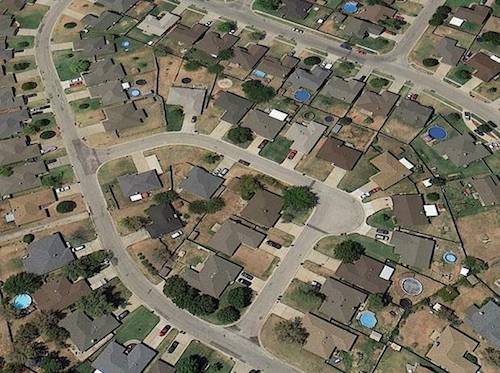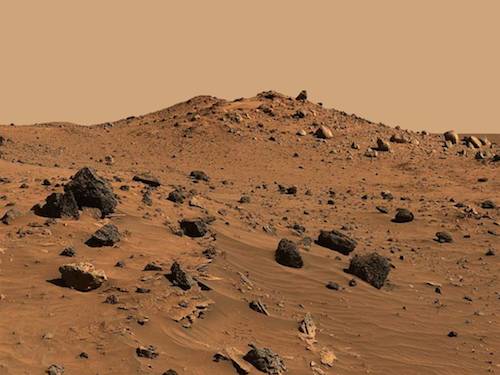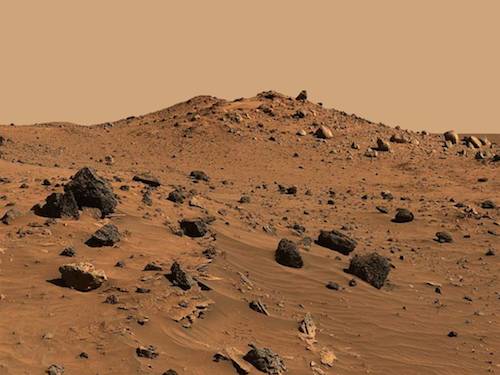 Evolution
Evolution
 Intelligent Design
Intelligent Design
Why Evolution Is Different
In the current debate between Darwinism and intelligent design, the strongest argument made by Darwinists is this: In every other field of science, naturalism has been spectacularly successful, so why should evolutionary biology be different? Even most scientists who doubt the Darwinist explanation for evolution are confident that science will eventually come up with a more plausible explanation. That’s the way science works. If one theory fails, we look for another one; why should evolution be so different? Many people believe that intelligent-design advocates just don’t understand how science works, and are motivated entirely by religious beliefs.
Well, I don’t expect to change anyone’s mind with the following discussion, but I hope it will at least help ID critics understand why some of us who do understand how science usually works, and who are not religious fanatics, feel that evolution is fundamentally different from other scientific problems, and requires a fundamentally different approach.
Below is a set of pictures of a neighborhood in Joplin, Missouri. The first was taken just before the May 22, 2011, tornado hit. The second was taken right after the tornado.

1. Joplin before first tornado

2. Joplin after first tornado
Fortunately, another tornado hit Joplin a few days later, and turned all this rubble back into houses and cars, as seen in the third picture.

3. Joplin after second tornado
If I asked you why you don’t believe my story about the second tornado, you might say this tornado seems to violate the more general statements of the second law of thermodynamics, such as "In an isolated system, the direction of spontaneous change is from order to disorder." To this I could reply, Joplin is not an isolated system, tornados receive their energy from the sun, so the decrease in entropy in Joplin caused by the second tornado is easily compensated by increases outside this open system. Or I might argue that it is too hard to quantify the decrease in entropy caused by the second tornado, or I could say I simply don’t accept the more general statements of the second law, the second law of thermodynamics should only be applied to thermodynamics.
But suppose I further said, I have a scientific theory that explains how tornados, under just the right conditions, really can turn rubble into houses and cars. You doubt my theory? You haven’t even heard it yet!
Now I have another set of pictures for you, and two more stories. The first picture shows a special Earth-like planet in a certain solar system, as it looked about 4 billion years ago. The second shows a large city at the same location about 10,000 years ago. At its prime, this city had tall buildings full of intelligent beings, computers, TV sets, and cell phones. It had libraries full of science texts and novels, and jet airplanes taking off and landing at its airport.

1. Earth-like planet soon after it formed

2. Planet at height of its civilization
Scientists explain how civilization developed on this once-barren planet as follows: about 4 billion years ago a collection of atoms formed by pure chance that was able to duplicate itself, and these complex collections of atoms were able to preserve their complex structures and pass them along to their descendants, generation after generation. Over a long period of time, the accumulation of genetic accidents resulted in more and more complicated collections of atoms, and eventually something called "intelligence" allowed some of these collections of atoms to design buildings and computers and TV sets, and write encyclopedias and science texts.
Sadly, a few years after the second picture was taken, this planet was hit by a massive solar flare from its sun, and all the intelligent beings died, their bodies decayed, and their cells decomposed into simple organic and inorganic compounds. Most of the buildings collapsed immediately into rubble. Those that didn’t crumbled eventually. Most of the computers and TV sets inside were smashed into scrap metal. Even those that weren’t gradually turned into piles of rust. Most of the books in the libraries burned up, the rest rotted over time, and you can see the final result many years later in picture three.

3. Planet today
Now it is the first story that is much more difficult to believe. The development of civilization on this planet, and the tornado that turned rubble into houses and cars, both seem to violate the more general statements of the second law, in a spectacular way. Many reasons why the development of civilization does not violate the second law have been given, but all of them can equally well be used to argue that the second tornado did not violate it either. That is, all except one: there is a theory as to how civilizations can develop on barren planets which is widely accepted in the scientific world, while there is no widely believed theory as to how tornados could turn rubble into houses and cars.
Well, maybe this widely accepted theory is correct, or maybe a new one will be found that is more plausible. But my question to those who treat evolution as just another scientific problem is this: do you really still believe that anyone who doubts that science can explain the development of life and of human intelligence in terms of unintelligent forces alone simply does not understand how science works? Can you not now at least understand why some of us feel that evolution is a fundamentally different and much more difficult problem than others solved by science, and requires a fundamentally different approach?
See my 2013 BIO-Complexity article, "Entropy and Evolution," or this video, based on that paper, for further development of this topic.

